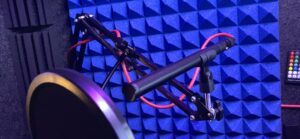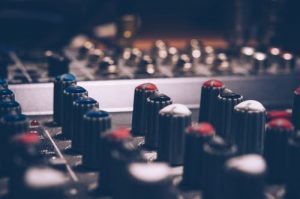Mics for Voice Over

Musing at the Mic – BY SCOTT THOMAS Your mic. It’s the tool of your trade as a voice over artist. The heart and soul of your vo business. Choosing the right mic for voice over can be tricky, so if you’re in the market for a studio mic – that one piece of equipment […]
Home Studio Tips

Musings at the Mic – BY SCOTT THOMAS “Can I build a home studio for under $300?” Recently, I was discussing home studio tips and that question was posed to me. True, there was a time when a home studio was rare in the world of voice overs. Back in the day, the idea […]
